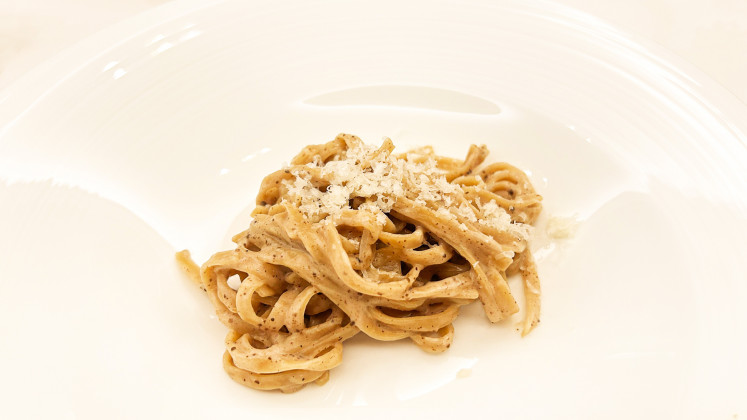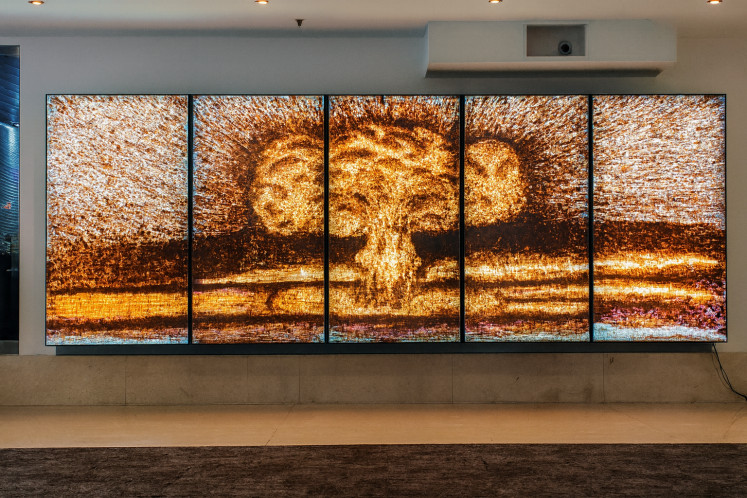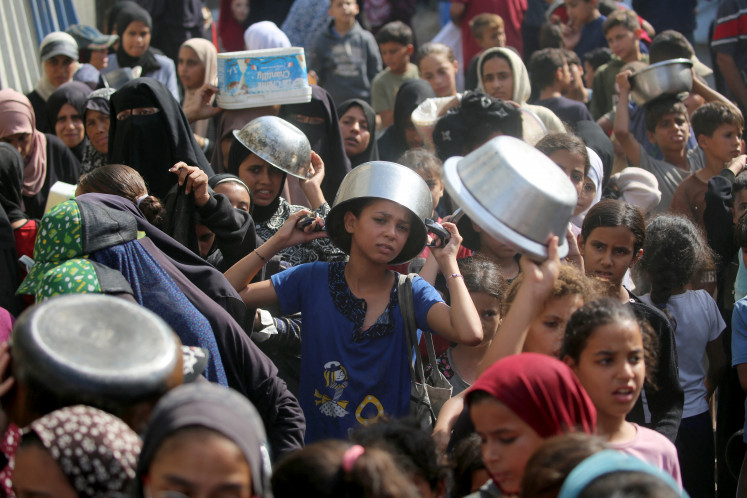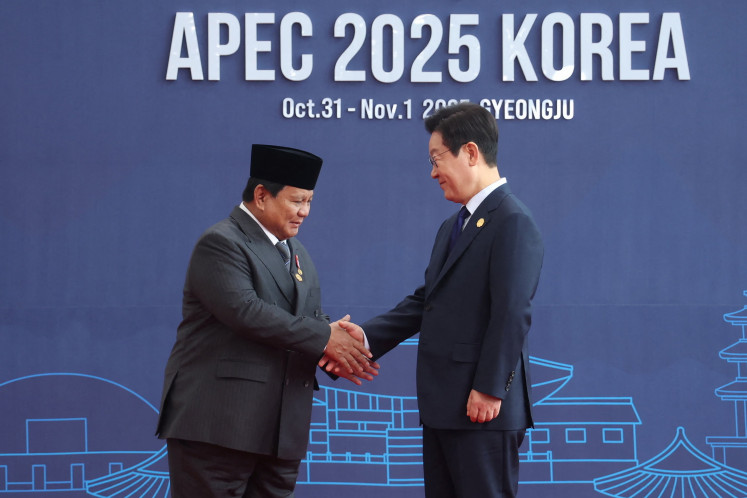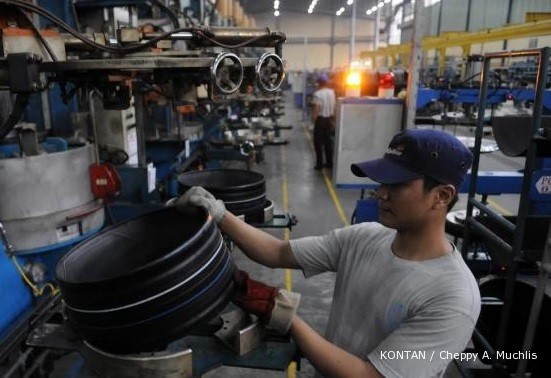Popular Reads
Top Results
Can't find what you're looking for?
View all search resultsPopular Reads
Top Results
Can't find what you're looking for?
View all search resultsSurakarta parade celebrates Chinese-Javanese harmony, tolerance
Change text size
Gift Premium Articles
to Anyone
S
udiroprajan subdistrict, particularly Balong hamlet, has been home to Chinese descendants since 1745, not long after the Mataram kingdom moved from Kartasura to Surakarta.
Those descendants later had families of their own and interacted with Javanese people from other hamlets. Thus, since hundreds of years ago, Chinese and Javanese residents in Surakarta have lived together in harmony, including conducting mixed marriages that have resulted in multiethnic, multicultural and multireligious families.
"In Sudiroprajan, there are no tolerance issues; no sentiment of Chinese-Javanese. Not only in Balong, but also other Chinese hamlets like Mijen, Kepanjen, Sama'an and Sudiroprajan," said Sumartono, a Chinese figure in Surakarta.
Home to around 4,000 people consisting of a balanced number of Javanese and people of Chinese descent, Sudiroprajan later developed as an acculturated area, which initiated a series of Chinese New Year traditions, namely the Buk Teko ceremony, Umbul Mantram ritual and Grebeg Sudiro.
During Sunday's Grebeg Sudiro, thousands of local residents participated in a kirab (parade) that kicked off in Pasar Gede and at the Tien Kok Sie temple and circled the 5-kilometer Sudiroprajan area.
(Read also: Surakarta kicks off Chinese New Year with Umbul Mantram ritual)
Prior to the parade, participants carried two gunungan (cone-shaped offerings) filled with kue keranjang (basket cakes) to the temple for a prayer accompanied by a liong (dragon dance) and barongsai (lion dance).
When the kirab began, the two cones of kue keranjang led the procession, followed by gunungan of natural resources and both Javanese and Chinese snacks, such as onde-onde (glutinous rice balls), gembukan, keleman and bakpao (steamed buns).
In addition to food, Grebeg Sudiro was enlivened with art performances from the two ethnic groups, such as liong, barongsai, reog and the topeng ireng dance, which originates from the people living on the slopes of Merbabu and Merapi mountains.
The kirab was welcomed by thousands of Surakarta residents who flocked to Pasar Gede and the roads that the parade passed along.
"This tradition removes the differences of ethnicity, society and culture. There is no Javanese, no Chinese; all Indonesian. This is our tradition,” said Surakarta Mayor FX Hadi "Rudy" Rudyatmo.
The event ended with hundreds of people scrambling for a portion of the first two gunungan, which each featured 5,000 kue keranjang, around the Tugu Jam clock tower in Pasar Gede. (kes)


